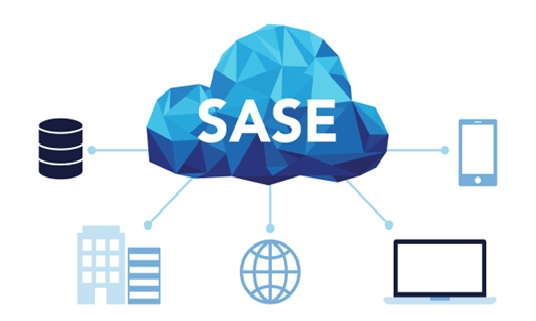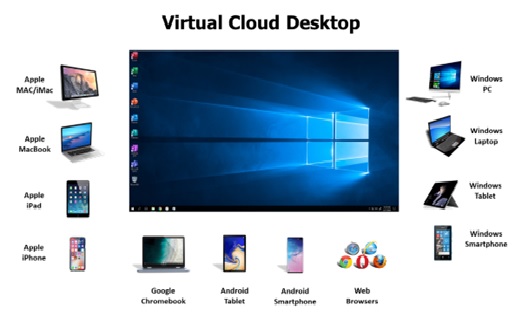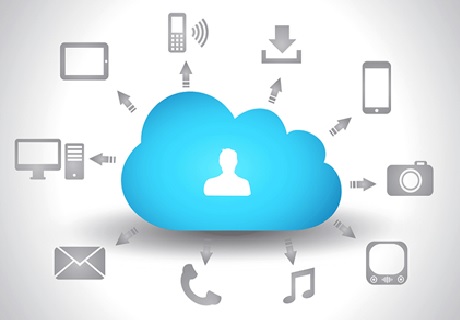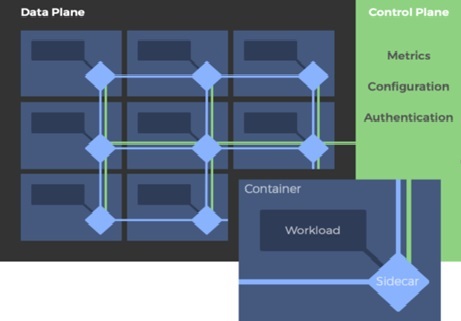Powering hybrid workers
Powering hybrid workers in the cloud refers to the utilization of cloud computing resources to support and enhance the capabilities of hybrid workers. Hybrid workers typically consist of a combination of human workers and artificial intelligence (AI) systems or software robots working together to perform tasks and processes.

Figure 1. Powering hybrid workers
Powering hybrid workers is shown in Figure 1. The pandemic accelerated workplace modernizations including adoption of the cloud and SaaS to create a hybrid workplace—one that provides flexibility without compromising business goals. Yet bridging from traditional to modern networks is hard but essential to stay competitive, streamline costs, increase revenue and adapt to customer needs.
It also exposes companies to operational and security challenges, fragmented control, limited visibility and substantial security risks on the journey to network modernization.
Hybrid working such a big deal all of a sudden?
It wouldn’t be fair to say that remote or hybrid working practices were unheard of pre-2020. They were – but the idea was just beginning to gain traction.
According to statistics from the ONS, in 2019 around 8.7 million people said that they had worked from home at some point prior to the survey. While that number totals less than 30% of the workforce, it does signal that remote working wasn’t totally unheard of prior to the pandemic.
Benefits Of Hybrid Working
- Empowered Employees
- A Wider Talent Pool
- An Agile Workforce
- Cost-Savings
- Feed Your Business Goals (While Supporting Employees) [2]
Benefits Of Hybrid Working
- Scalability: Cloud platforms provide the ability to scale resources up or down based on demand. This is particularly useful for hybrid workers that may require additional computational power or storage during peak periods.
- Accessibility: Cloud-based solutions enable hybrid workers to access the necessary applications, data, and AI services from anywhere, at any time, using any device with an internet connection. This flexibility is especially important when dealing with distributed teams or remote workers.
- Collaboration: Cloud platforms often include collaboration tools that facilitate communication and cooperation between human workers and AI systems. This enables seamless collaboration, information sharing, and coordination between team members, regardless of their physical location.
- AI capabilities: Cloud providers offer a wide range of AI services, such as natural language processing, computer vision, machine learning, and data analytics. Hybrid workers can leverage these AI capabilities to automate repetitive tasks, analyze data, make predictions, and enhance decision-making processes.
- Cost efficiency: Cloud computing follows a pay-as-you-go model, allowing organizations to optimize costs by only paying for the resources they need. This can be beneficial for hybrid workers, as they can scale resources based on workload fluctuations, avoiding unnecessary expenses.
References:
- https://info.infoblox.com/resources-ebooks-powering-the-hybrid-workplace-using-a-modern-secure-network
- https://huler.io/blog/benefits-of-hybrid-working
Cite this article:
Gokula Nandhini K (2023), . Powering hybrid workers, AnaTechMaz, pp.90















